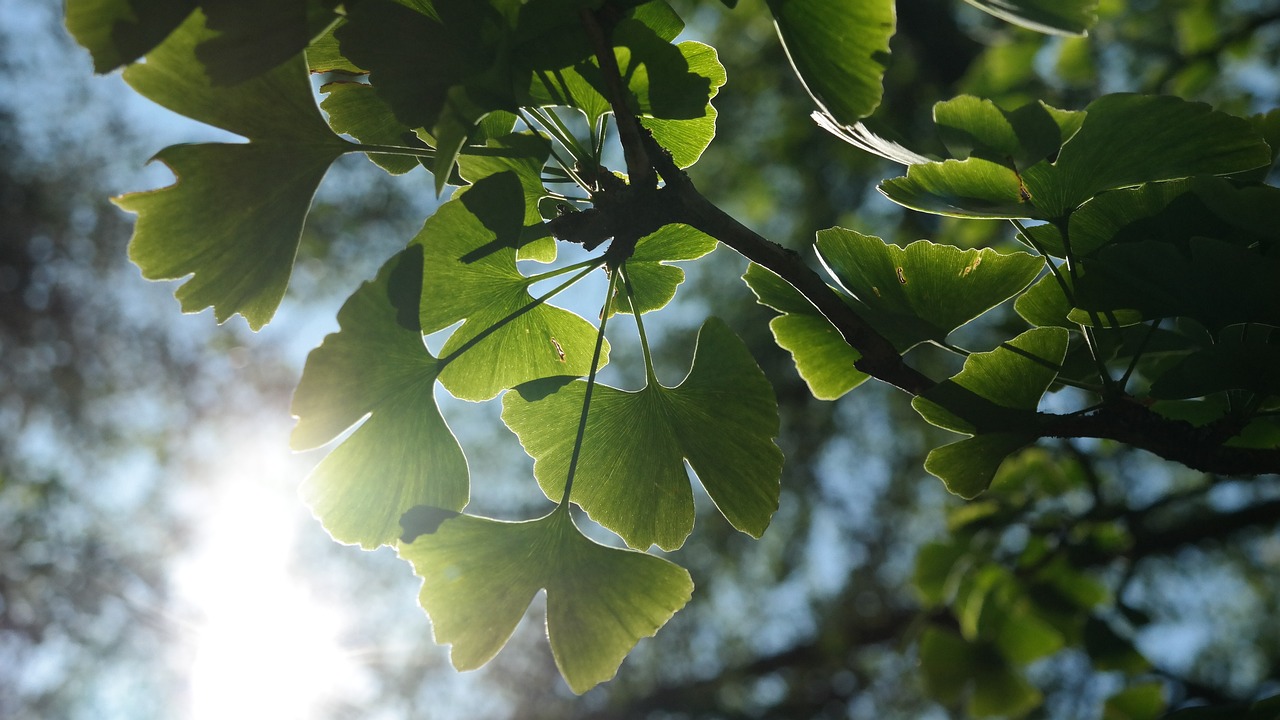Introduction
Begin with an introduction on the importance of selecting non-toxic plants for pet owners. Mention that certain plants, while beautiful, can be harmful to pets, and opting for safe plants creates a comfortable and safe environment for everyone.
What Makes a Plant Pet-Safe?
- Understanding Plant Toxicity
Explain what it means for a plant to be toxic to pets. Discuss common symptoms of toxicity, such as vomiting, lethargy, or worse, in severe cases. - How to Check for Pet-Friendly Plants
Mention resources like the ASPCA’s plant database, which lists toxic and non-toxic plants, to ensure pet safety.
Top Pet-Safe Indoor Plants for a Beautiful, Green Space
1. Spider Plant (Chlorophytum comosum)
- Description: Easy-care plant with vibrant, arching leaves.
- Pet Safety: Non-toxic and safe for both cats and dogs.
- Care Tips: Thrives in indirect light, with occasional watering.
2. Boston Fern (Nephrolepis exaltata)
- Description: Lush, feathery fronds add texture to any space.
- Pet Safety: Safe for all pets.
- Care Tips: Prefers high humidity and indirect sunlight; misting is ideal.
3. Calathea (Calathea spp.)
- Description: Known for its beautifully patterned leaves in green, purple, and white.
- Pet Safety: Non-toxic and safe for pets.
- Care Tips: Needs indirect light, regular watering, and humidity.
4. Areca Palm (Dypsis lutescens)
- Description: A classic indoor palm that adds height and elegance.
- Pet Safety: Completely safe for pets.
- Care Tips: Prefers bright, indirect light and regular watering.
5. Parlor Palm (Chamaedorea elegans)
- Description: Compact palm with lush, green fronds.
- Pet Safety: Non-toxic and great for pet-friendly homes.
- Care Tips: Thrives in low to moderate light, with moderate watering.
6. African Violet (Saintpaulia)
- Description: Small flowering plant with vibrant blooms.
- Pet Safety: Safe for pets, adding color to any space.
- Care Tips: Prefers bright, indirect light and minimal watering.
7. Peperomia (Peperomia spp.)
- Description: Small, low-maintenance plant with a range of colors and textures.
- Pet Safety: Pet-safe and easy to grow.
- Care Tips: Thrives in medium to low light and only requires moderate watering.
8. Baby Rubber Plant (Peperomia obtusifolia)
- Description: Compact plant with thick, waxy leaves.
- Pet Safety: Non-toxic to pets.
- Care Tips: Low maintenance, enjoying indirect sunlight and occasional watering.
9. Bamboo Palm (Chamaedorea seifrizii)
- Description: Elegant palm that grows well indoors, even in low light.
- Pet Safety: Safe for pets.
- Care Tips: Does best in bright, indirect light and moist soil.
10. Polka Dot Plant (Hypoestes phyllostachya)
- Description: Fun, colorful leaves with pink, white, or red spots.
- Pet Safety: Non-toxic to pets.
- Care Tips: Prefers bright, indirect light and frequent watering.
How to Style Pet-Friendly Plants in Your Home
- Grouping for a Jungle Effect
Suggest clustering several pet-safe plants to create a lush, jungle-like aesthetic. Place plants of varying heights together for a dynamic look. - Using Different Containers and Stands
Explain how stylish containers, like ceramic pots or woven baskets, can enhance the room’s aesthetic while keeping plants accessible but out of reach of pets. - Hanging Plants for Extra Safety
For pets that like to chew on leaves, recommend using hanging planters to keep plants safe and out of reach. Plants like spider plants or pothos work well in hanging baskets.
Pet Safety Tips for Indoor Plants
- Avoid Fertilizers or Chemicals
Mention that certain fertilizers and pesticides can be harmful to pets. Recommend using natural, pet-safe options if needed. - Train Pets to Avoid Plants
Suggest training tips, like using pet deterrent sprays or offering pet grass to prevent pets from chewing on indoor plants. - Keep a Watchful Eye on New Plants
Advise monitoring pets when introducing a new plant to see if they’re tempted to chew it. Keep plants elevated or out of reach if needed.
Conclusion
Wrap up with an encouragement for readers to select pet-safe plants to keep their furry friends safe while beautifying their living space. Reiterate the importance of checking plant safety before purchasing and creating a pet-safe environment.





